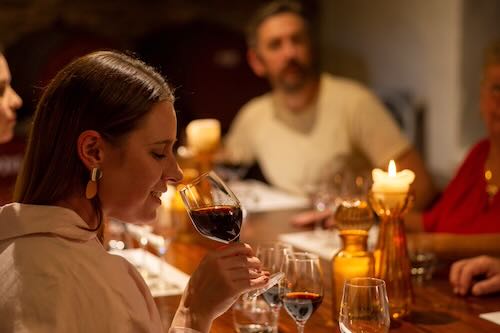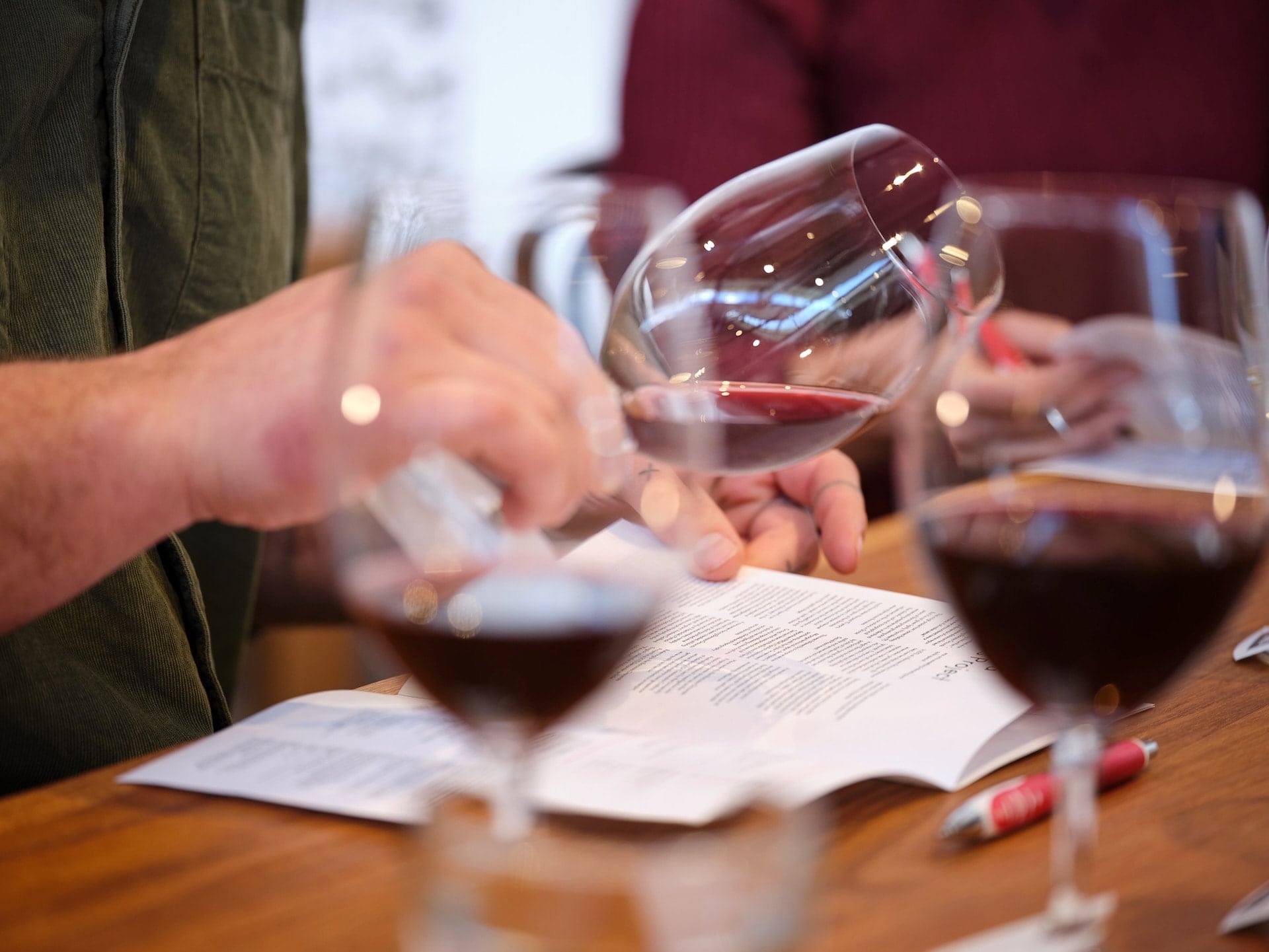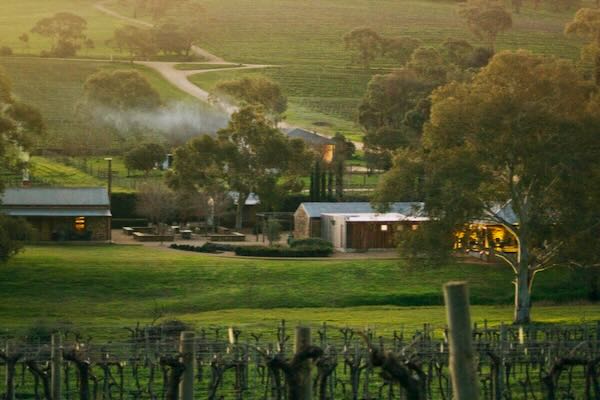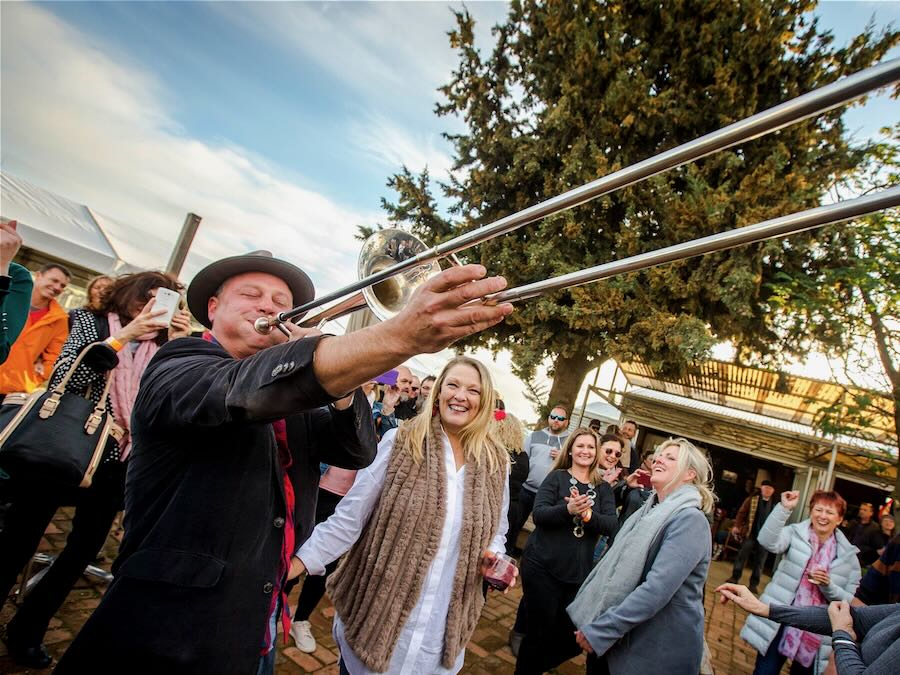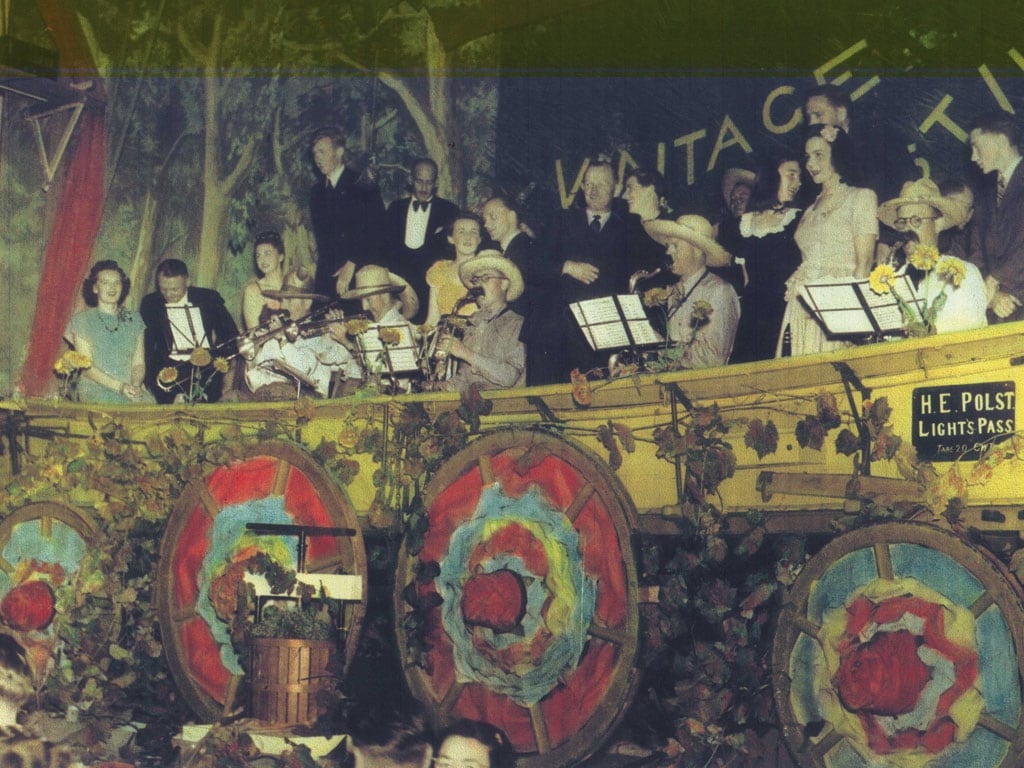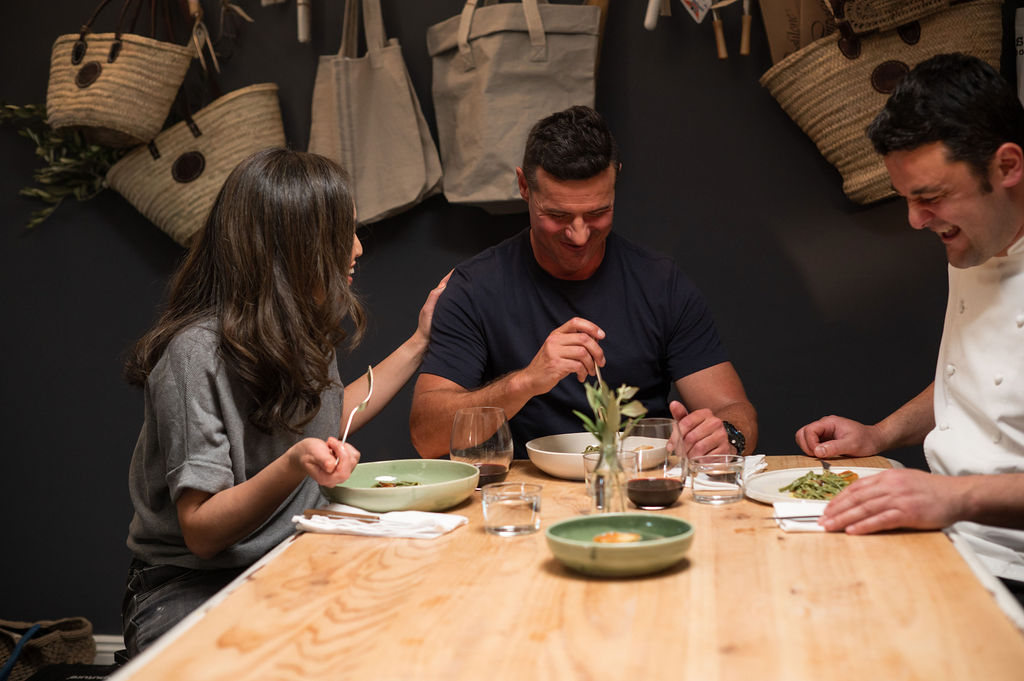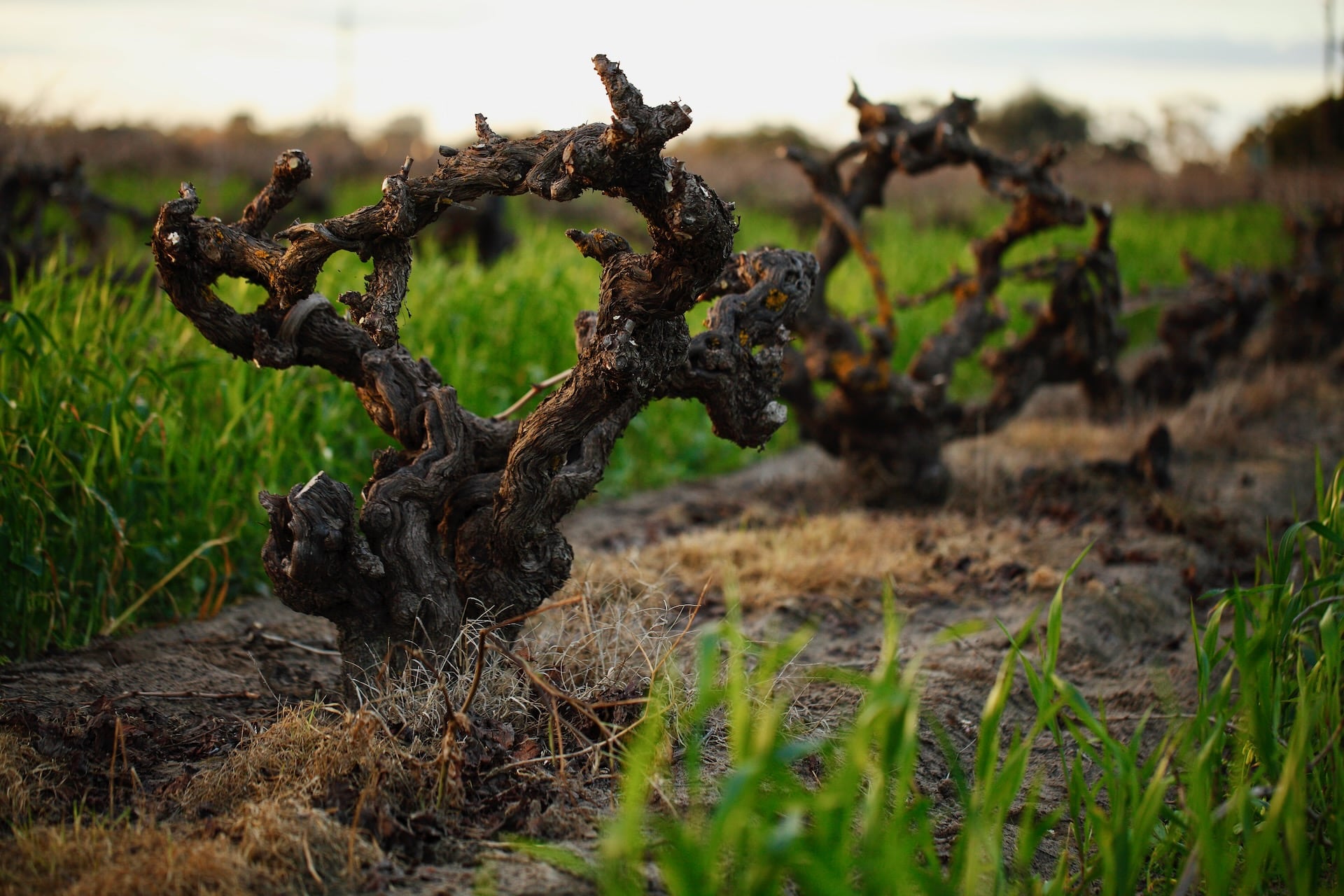Barossa’s multi-generational vineyards, among the world’s oldest, have survived floods, fires, and industry shifts. These dry-grown, low-yield vines produce concentrated, long-lived wines highly sought after internationally. The Barossa Old Vine Charter now safeguards these rare plantings.
“Our old vineyard was planted by the Graetz family in 1848 and is the oldest continuously producing Grenache vineyard in the world. They are not good because they are old, they are old because they’re good. They stayed in the ground all of those years because they produced good wine consistently. In the hotter years they manage the heat better than younger vines, and in wetter years they plod along at about the same pace producing soft, delicate Grenache, year in, year out. Young vines make great wines too but they are more affected by the environment. Our old vines are part of the environment.”
Marco Cirillo, Cirillo Wines
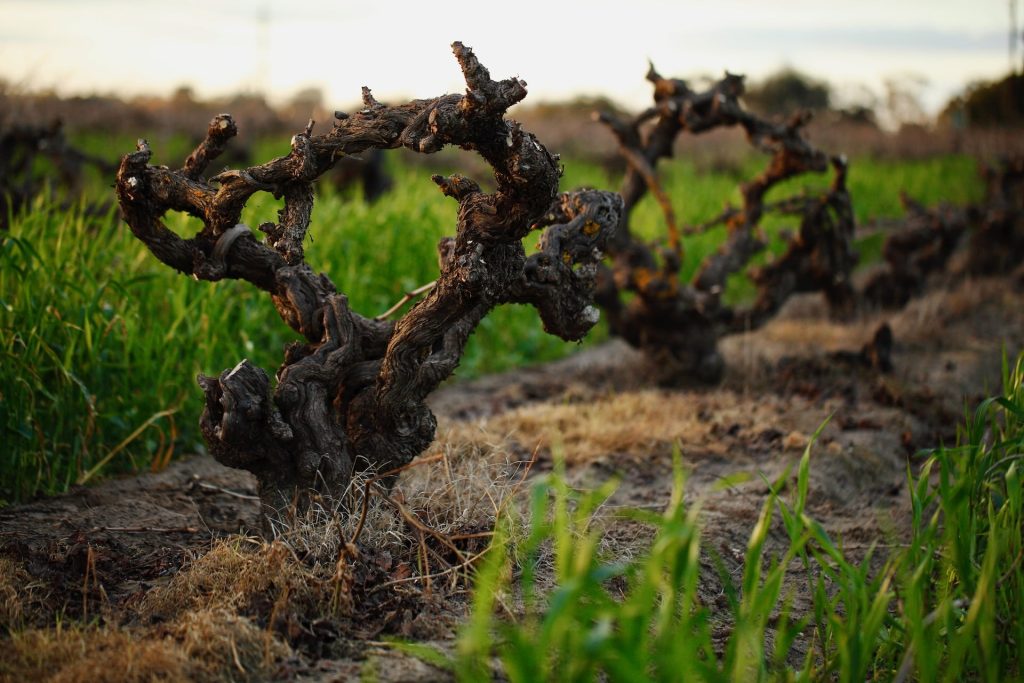
Barossa Ancestor Vine
Equal or greater than 125 years of age
An Ancestor vine has stood strong and proud for at least one hundred and twenty five years – a living tribute to the early European settlers of Barossa. Their genetic material has helped to populate the region with irreplaceable old stocks that underpin the viticultural tradition. They tend to be dry-grown, low-yielding vines with great intensity of flavour, and are believed to be among the oldest producing vines in the world.
Examples
- Cirillo Estate, 1850 Grenache, Barossa Valley
- Hewitson, Old Garden Mourvèdre, Koch Family Pilgrim Vineyard, Barossa, 1853
- Langmeil, The Freedom 1843 Shiraz, Barossa Valley
- Henschke, Hill of Grace Shiraz, Eden Valley
- Penfolds, Block 42 Cabernet Sauvignon, Barossa Valley
- Poonawatta Estate, The 1880 Shiraz, Eden Valley
- Chateau Tanunda, 150 Year Old Vine Semillon, Barossa Valley
- Elderton, Command Single Vineyard Shiraz, Barossa Valley
- Turkey Flat, The Ancestor Shiraz, Barossa Valley
- Yalumba The Tri-Centenary Grenache, Barossa Valley, planted 1889
- Purple Hands, Planta Circa Ancestor Vine Shiraz, Cabernet Sauvignon, Grenache, Barossa Valley, (Caiazza Family, originally ‘Woodlands’ PF Zimmermann Vineyard, planted 1885)
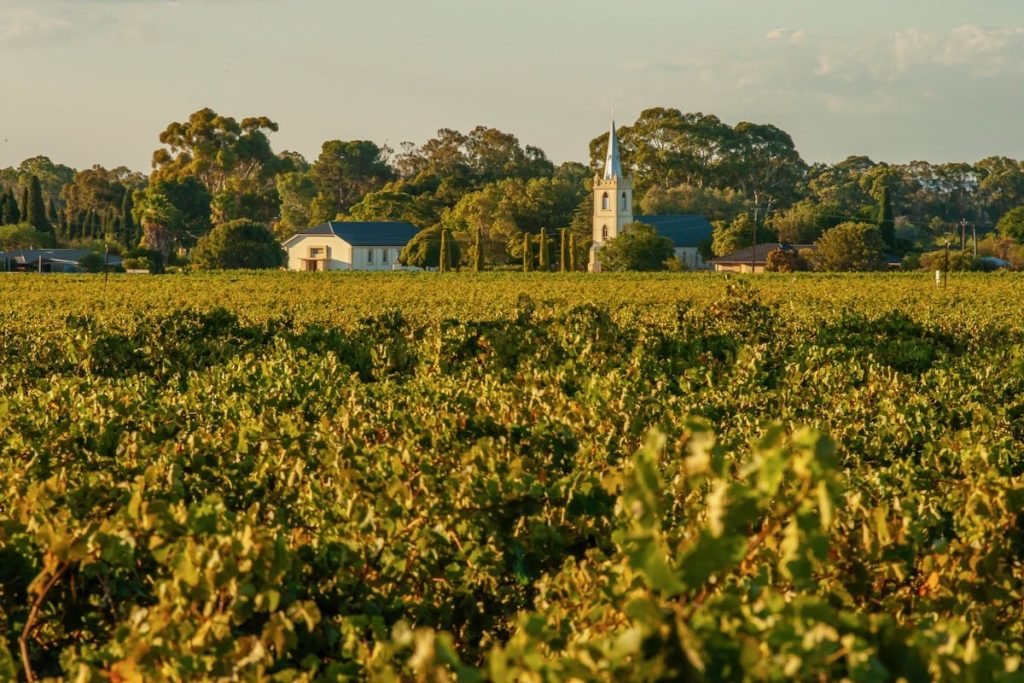
Barossa Centenarian Vine
Equal or greater than 100 years of age
These exceptionally old vines serve as witness to Barossa’s resilience in the face of adversity. Barossa, unlike many other of the world’s great wine regions, is phylloxera-free, which allowed these vines to mature into their naturally-sculptured forms with thick, gnarly trunks. They have very low yields and can produce wines with high intensity of flavour. Planted generations ago, when dry-farming techniques required careful site selection, Centenarian vines have truly withstood the tes of time.
Examples
- Henschke, Mount Edelstone Shiraz, Eden Valley
- Chateau Tanunda, 100 Year Old Vines Shiraz, Barossa
- Yalumba The Steeple Shiraz, Barossa Valley, planted 1919
- Jacob’s Creek 1922 Block 2 Riesling
- St Hugo Koch Shiraz, Barossa Valley, Koch Family Vineyard, 1921
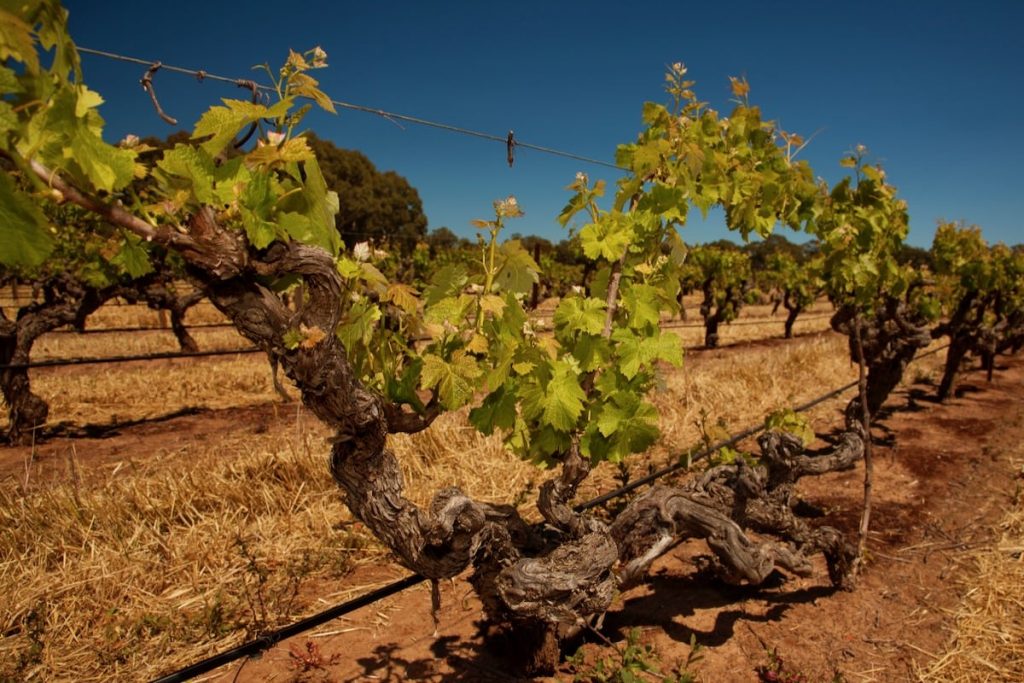
Barossa Survivor Vine
Equal or greater than 75 years of age
These very old vines are a living symbol of traditional values in a modern environment and signal a renewed respect for Barossa old vine material. They have weathered the worst of many storms, both man-made and naturally occurring, including the infamous 1980s Vine Pull scheme. A Barossa Survivor vine has reached a significant milestone and pays homage to the resolute commitment of those growers and winemakers who value the quality and structure of old vine wines.
Examples
- Kalleske, Old Vine Grenache, Barossa Valley
- Burge Family Winemakers, Garnacha (Grenache), Barossa Valley
- The Willows Vineyard, Single Vineyard Semillon, Barossa Valley
- Teusner, Avatar Grenache Shiraz Mataro, Barossa Valley
- Hewitson, 3 Corner Grenache, Koch Family Pilgrim Vineyard, Barossa, 1925
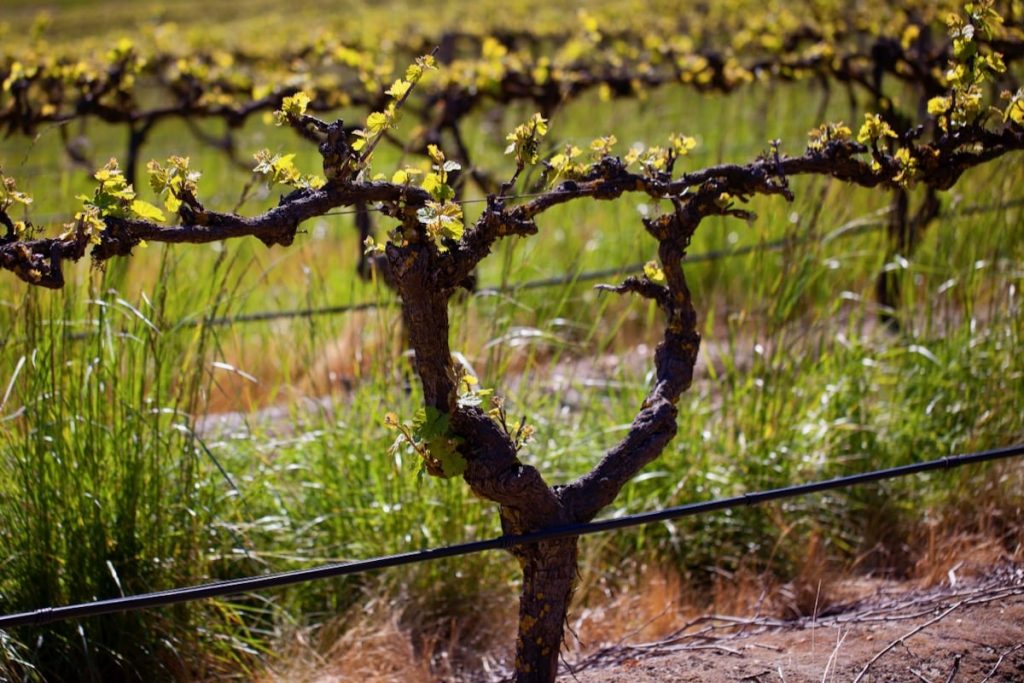
Barossa Old Vine
Equal or greater than 35 years of age
These old vines have grown beyond adolescence and are now fully mature. They have a root structure and trunk thickness that encourages diversity of flavour and character. Their worthiness has been proven over many vintages, consistently producing the highest quality fruit for Barossa wines of distinction and longevity.
Examples
- Pewsey Vale, The Contours Riesling, Eden Valley, 1965
- Pewsey Vale, 1961 Block Riesling, Eden Vally, 1961
- Chateau Tanunda, Old Vine Semillon, Barossa Valley
- Bethany Wines, LE Shiraz, Barossa Valley
- Kurtz Family Vineyard, Lunar Block, 1969
“We were the first to acknowledge that these old Shiraz vineyards were a rare and valuable resource in the Barossa, something that we should value and protect. There was definitely a distinctiveness about the wines that came from them. For me the realisation of how precious these vineyards were, was a turning point in my winemaking career.”
Robert O’Callaghan, Rockford Wines


